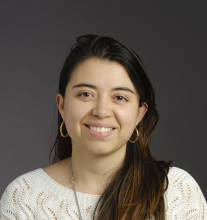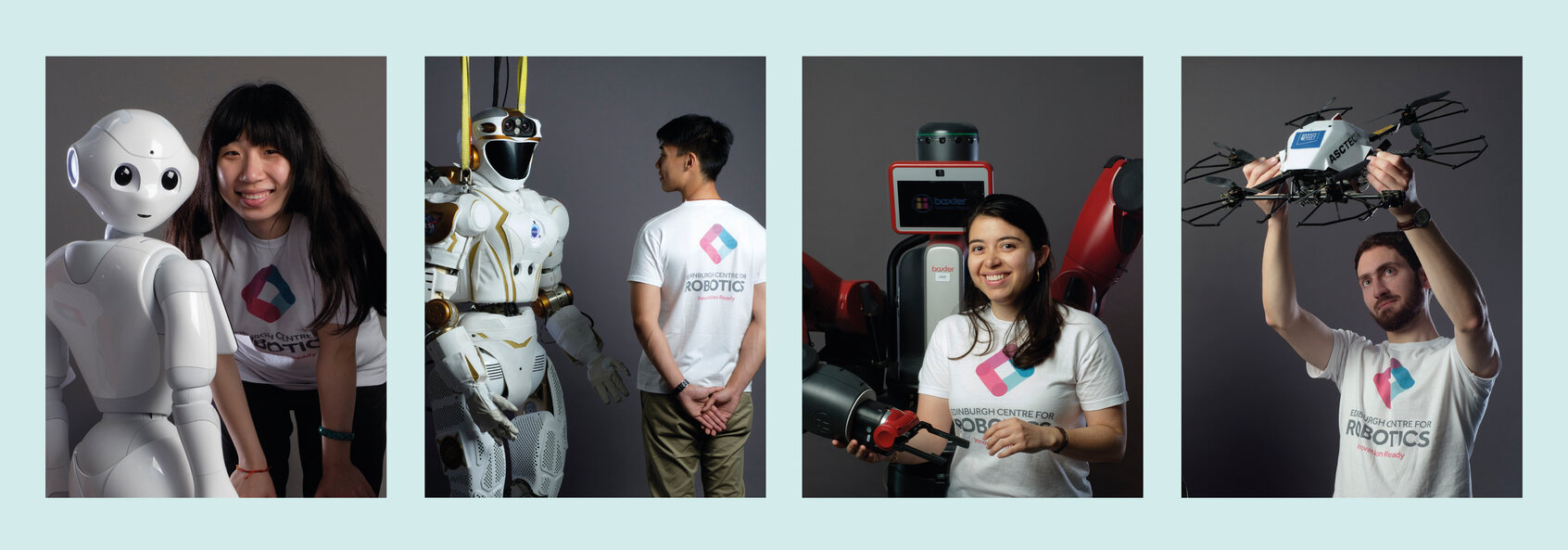Dr Tatiana Lopez
Humans manipulate fluids intuitively using approximations of the underlying physical laws. In this paper, we explore a general methodology that robots may use to develop and improve strategies for overcoming manipulation tasks associated with appropriately defined loss functions. We focus on the specific task of pouring a liquid from a container (pourer) to another container (receiver) while minimizing the mass of liquid that spills outside the receiver. We present a solution, based on guidance from approximate simulation, that is fast, flexible and adaptable to novel containers as long as their shapes can be sensed. Our key idea is to decouple the optimization of the parameter space of the simulator from the optimization over action space for determining robot control actions. We perform the former in a training (calibration) stage and the latter during run-time (deployment). For the purpose of this paper we use pouring in both stages, even though separate actions could be chosen. We compare four different strategies for calibration and three different strategies for deployment. Our results demonstrate that fast fluid simulations, even if only approximate, are effective in guiding automatic strategies for pouring liquids.


